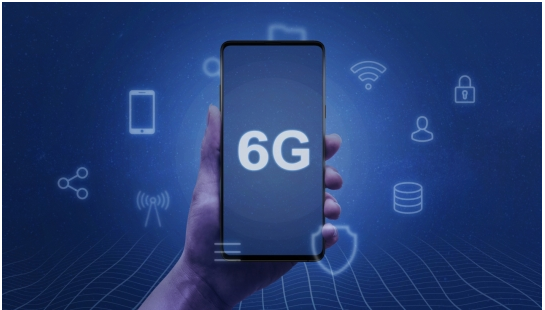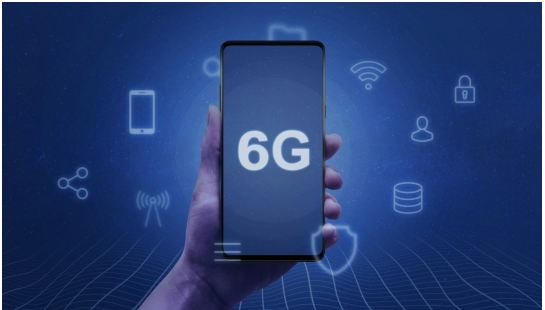A Japanese consortium recently unveiled the world’s first high-speed 6G prototype device. It can transmit data at a whopping 100 gigabits per second (Gbps), covering more than 300 feet. That’s a 20x improvement over the current 5G technology.
The prototype device was a result of collaboration among Japan’s leading telecom companies, including DOCOMO, NTT Corporation, NEC Corporation, and Fujitsu.
The consortium announced the successful test results on April 11th where the companies revealed that the prototype device can achieve speeds of 100 Gbps indoors using the 100 gigahertz (GHz) band and outdoors using the 300 GHz band
These tests were conducted over a distance of 328 feet (100 meters), as stated by consortium representatives.
While the speeds achieved are quite impressive, don’t already make your expectations high. 6G was tested in a single device and is not a commercially viable network. Plus, the network technology has the downside of its own.
5G, the current gold standard in connectivity, has a theoretical maximum speed of 10 Gbps. However, real-world speeds are typically much lower, averaging around 200 megabits per second (Mbps) for T-Mobile users in the US.
One of the reasons for such low speeds is because of the higher frequency bands used by 5G. While higher frequencies can mean faster speeds, they also come with drawbacks. They limit the distance the signal can travel and reduce its penetration strength.

6G takes this a step further and uses even higher frequency bands than 5G. That means it would be difficult for 6G devices to receive the necessary frequencies for faster downloads.
For instance, even the tests were conducted at a distance of over 328 feet (100 meters). So factors like walls and even rain can significantly disrupt 6G signals.
While the transition from 4G to 5G focused on increasing data capacity for activities like video streaming and mobile browsing, 6G networks can unlock entirely new realms of possibility.
With the increased speed, 6G could enable things like real-time holographic communication and immersive virtual and mixed-reality experiences.
However, there’s still a lot that needs to be done for us to enjoy all that. Most importantly, the infrastructure. We’re looking at a complete overhaul of cell towers and a new generation of phones with built-in 6G antennas before this technology becomes mainstream.



